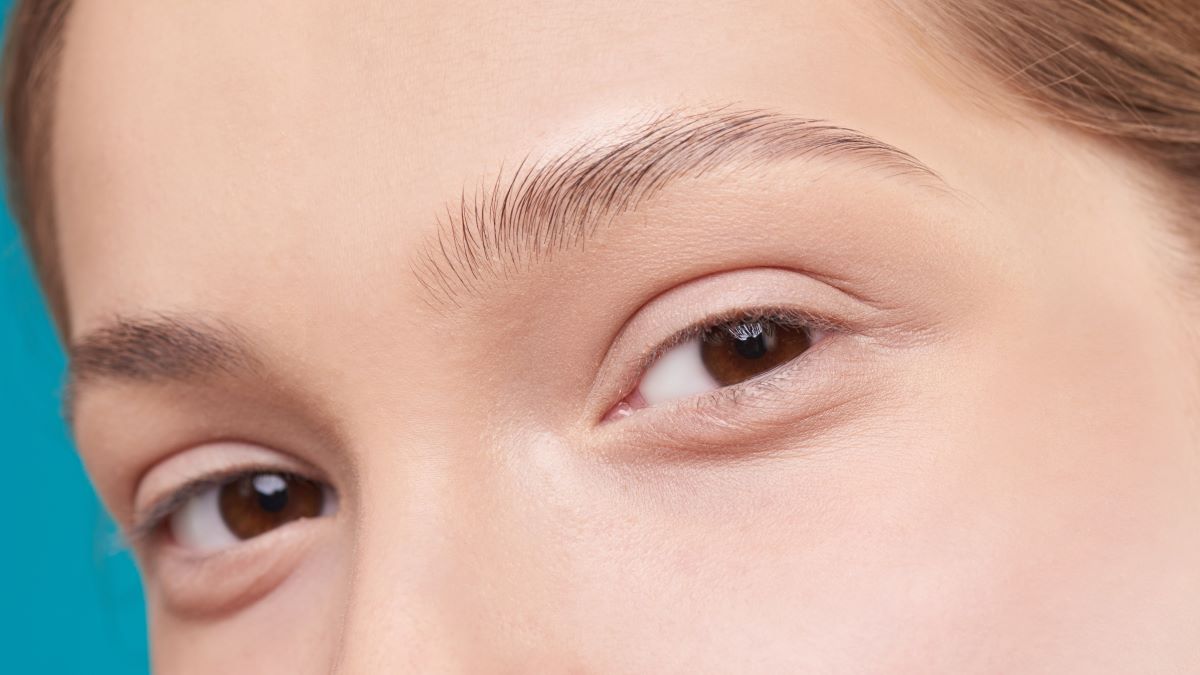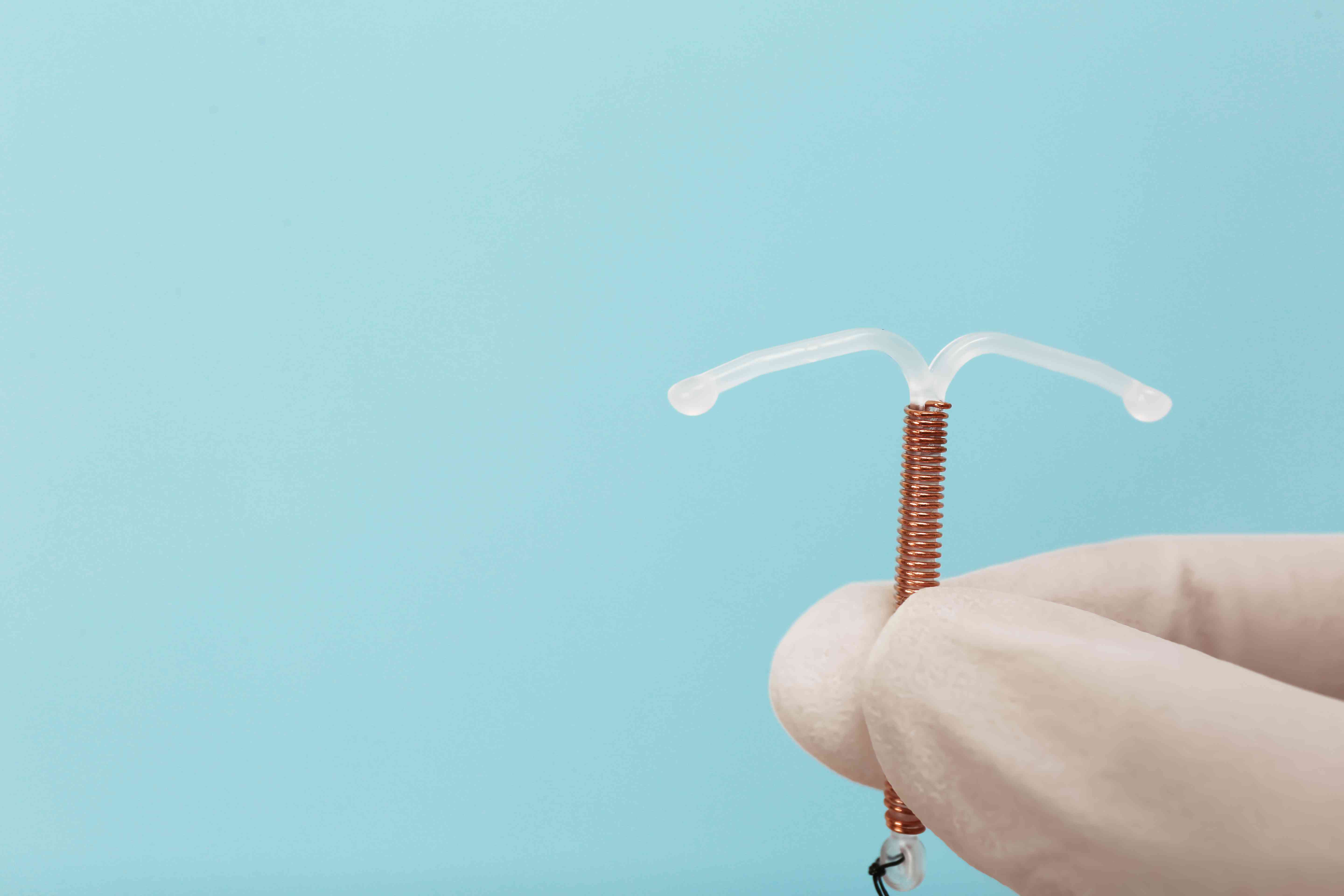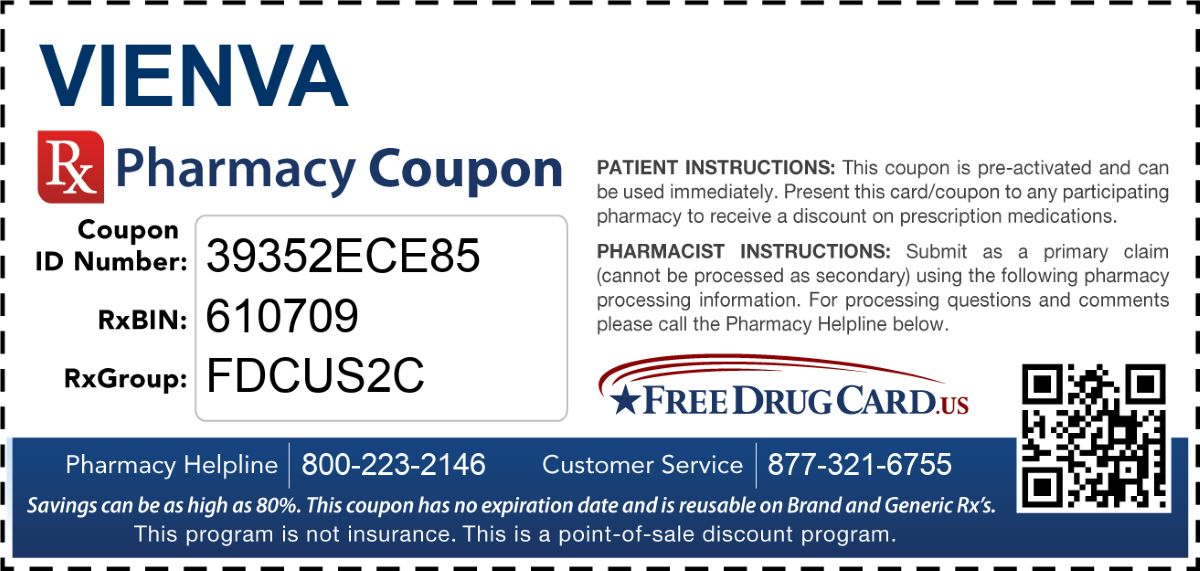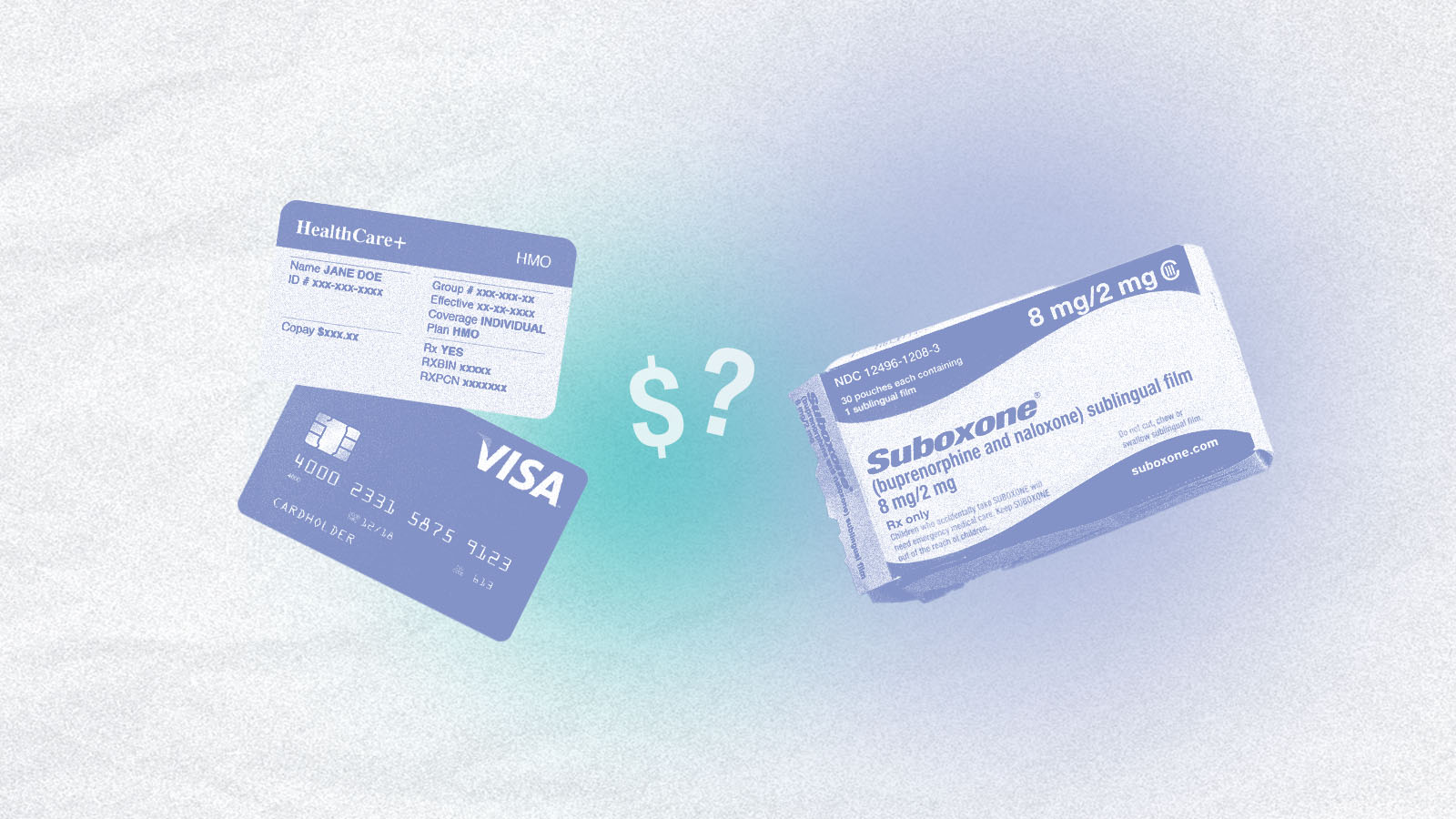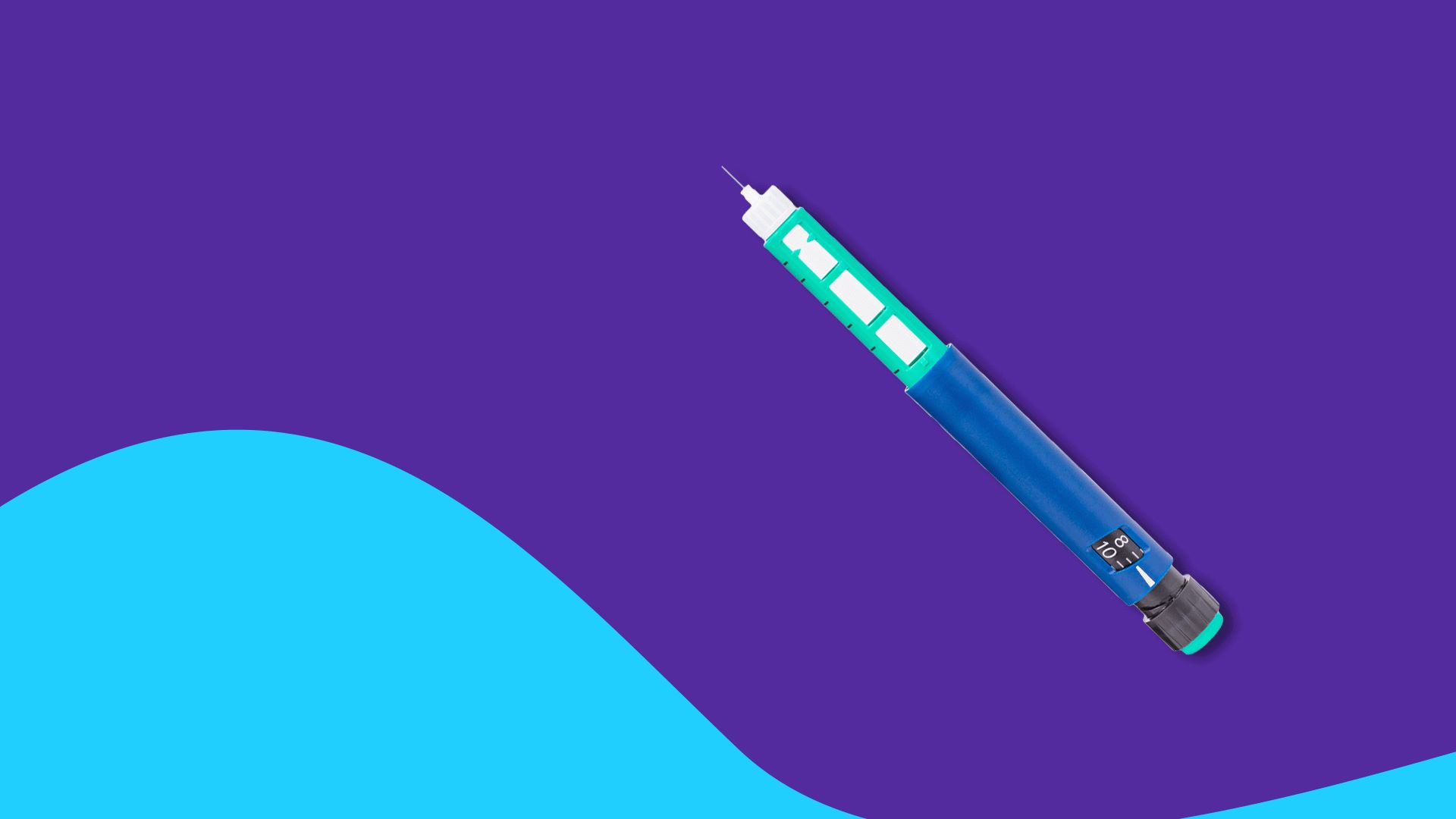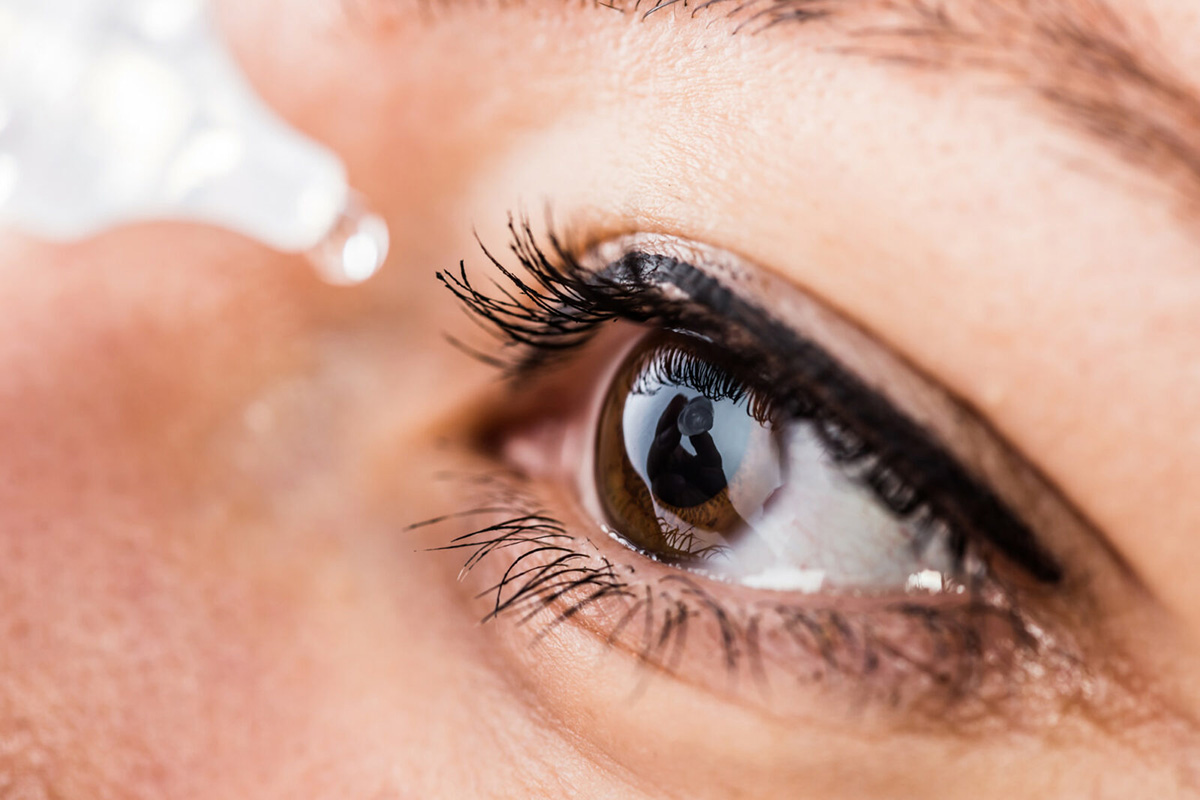

Finance
How Much Is Xiidra Without Insurance
Published: November 21, 2023
Discover how much Xiidra costs without insurance and learn about the financial options available to help you afford this medication.
(Many of the links in this article redirect to a specific reviewed product. Your purchase of these products through affiliate links helps to generate commission for LiveWell, at no extra cost. Learn more)
Table of Contents
Introduction
Dry eye syndrome is a condition that affects millions of people worldwide. It occurs when the eyes do not produce enough tears or when the tears evaporate too quickly. This can result in discomfort, irritation, and blurred vision. Fortunately, there are various treatment options available to relieve the symptoms of dry eye syndrome, and one of them is Xiidra.
Xiidra is an FDA-approved prescription medication specifically designed for the treatment of signs and symptoms of dry eye disease. It works by targeting inflammation, which is a common underlying cause of dry eye. By reducing inflammation, Xiidra helps to alleviate the discomfort associated with dry eye syndrome and improves overall eye comfort.
However, one common concern for individuals considering Xiidra is the cost, especially for those who do not have insurance coverage. While the price of Xiidra can vary depending on several factors, understanding these factors and exploring alternative options can help individuals find ways to manage the cost of Xiidra without insurance.
In this article, we will delve into the cost of Xiidra and discuss the various factors that can affect its price. We will also explore ways to find discounts and assistance programs to help individuals mitigate the cost. Additionally, we will highlight alternative treatments for dry eye syndrome that may be more affordable for those without insurance coverage.
By providing this information, we aim to empower individuals with the knowledge they need to make informed decisions about managing the cost of Xiidra without insurance, while still receiving effective treatment for their dry eye symptoms.
Understanding Xiidra
Xiidra (lifitegrast ophthalmic solution) is a prescription medication that belongs to a class of drugs known as lymphocyte function-associated antigen-1 (LFA-1) antagonists. It is specifically formulated to target and treat the signs and symptoms of dry eye disease.
Dry eye syndrome is a chronic condition characterized by insufficient moisture and lubrication on the surface of the eyes. This can result in a range of uncomfortable symptoms, such as dryness, stinging, burning, redness, and a gritty sensation in the eyes.
Xiidra works by selectively inhibiting the interaction between LFA-1 and its ligand, intercellular adhesion molecule-1 (ICAM-1). This interaction plays a role in the inflammatory response that occurs in the eyes of individuals with dry eye syndrome. By blocking this interaction, Xiidra helps to reduce inflammation and alleviate the associated symptoms.
The recommended dosage of Xiidra is one drop in each eye, twice daily, approximately 12 hours apart. It is important to follow the prescribed schedule and apply the medication as directed by a healthcare professional. Xiidra should be administered by gently squeezing the bottle to release a single drop into the eye, avoiding contact between the eye and the tip of the dropper.
It is worth noting that Xiidra is not intended to provide immediate relief from dry eye symptoms. It may take several weeks of consistent use for individuals to experience the full benefits of the medication. It is important to continue using Xiidra as prescribed, even if symptoms improve, to effectively manage dry eye syndrome.
While Xiidra has shown significant efficacy in clinical trials, it may not be suitable for everyone. Individuals with a known hypersensitivity to lifitegrast or any of the ingredients in Xiidra should refrain from using this medication. It is essential to consult with a healthcare professional to determine if Xiidra is a suitable treatment option and to discuss any potential risks and side effects.
Understanding the mechanism of action and recommended usage of Xiidra is crucial for individuals considering this medication for the management of dry eye symptoms. By consulting with a healthcare professional and following the prescribed guidelines, individuals can make informed decisions regarding the use of Xiidra and maximize its potential benefits.
Cost of Xiidra
When considering the cost of Xiidra, it is essential to understand that the price can vary depending on several factors. These factors include the dosage strength, quantity of medication needed, and the pharmacy or retailer from which it is purchased.
On average, the cost of Xiidra without insurance can range between $500 and $600 for a 30-day supply. However, it is important to note that prices can fluctuate, and it is always recommended to check with different pharmacies or online platforms to compare prices and find the best deal.
In addition to the base price of Xiidra, it is important to consider any additional costs that may be involved. For example, some pharmacies may charge a dispensing fee or require a consultation fee, which can further increase the overall cost.
It is worth noting that the cost of Xiidra can be significantly reduced for individuals with insurance coverage. Many insurance plans offer coverage for prescription medications, including Xiidra, which can greatly reduce out-of-pocket expenses. It is advisable to consult with the insurance provider to understand the specific coverage details and cost-sharing requirements.
For those without insurance coverage, paying out-of-pocket for Xiidra can be financially challenging. However, there are ways to mitigate the cost and make Xiidra more affordable.
One option is to take advantage of manufacturer savings programs or patient assistance programs. Shire Pharmaceuticals, the manufacturer of Xiidra, offers a savings card for eligible patients, which can help reduce the cost of the medication. Additionally, individuals may qualify for patient assistance programs that provide financial assistance to those who meet specific income criteria. These programs can significantly reduce the cost or even provide Xiidra for free.
Furthermore, some pharmacies may offer discount programs or coupons that can help reduce the price of Xiidra. It is recommended to inquire about such programs and explore different options to find the most cost-effective solution.
It is important to note that the cost of Xiidra should not be the sole determining factor when considering treatment options for dry eye syndrome. The effectiveness and potential benefits of Xiidra should also be taken into account. Consulting with a healthcare professional can provide valuable insights and guidance in selecting the most suitable treatment option based on individual needs and financial circumstances.
By exploring different avenues for cost reduction and considering the overall value of Xiidra in managing dry eye symptoms, individuals can make informed decisions that balance both health and financial considerations.
Factors Affecting the Cost of Xiidra without Insurance
Several factors can influence the cost of Xiidra without insurance coverage. Understanding these factors can help individuals navigate the pricing variations and potentially find ways to mitigate the overall cost.
1. Dosage Strength: Xiidra is available in a standard dosage strength, typically prescribed as one drop in each eye, twice daily. The cost can vary based on the specific concentration of the medication. It is important to follow the prescribed dosage as recommended by a healthcare professional to ensure optimal treatment outcomes.
2. Quantity of Medication: The total quantity of Xiidra needed for a given period can impact the overall cost. Some individuals may require a 30-day supply, while others may need a longer-term prescription. Purchasing a larger quantity of Xiidra at once may provide some cost savings compared to buying smaller quantities more frequently.
3. Location and Pharmacy: The cost of Xiidra can vary between different pharmacies and retailers. It is advisable to compare prices from local pharmacies, online platforms, and retail chains to find the best deal. Additionally, some pharmacies may offer discount programs or coupons that can further reduce the cost.
4. Manufacturer Savings Programs: Shire Pharmaceuticals, the manufacturer of Xiidra, offers a savings card for eligible patients. This program can help reduce the out-of-pocket expenses for Xiidra, making it more affordable for those without insurance coverage. Checking the manufacturer’s website or consulting with a healthcare professional can provide details on how to access these savings programs.
5. Patient Assistance Programs: In certain cases, individuals may qualify for patient assistance programs offered by pharmaceutical companies. These programs are typically available to those who meet specific income eligibility criteria. They can greatly reduce the cost of Xiidra or even provide the medication for free. Inquiring about these programs and applying if eligible can make Xiidra more accessible and affordable.
It is crucial to note that the specific factors influencing the cost of Xiidra may vary depending on individual circumstances. Consulting with a healthcare professional is essential to understand the various options available and determine the most financially viable approach.
Ultimately, individuals without insurance coverage for Xiidra should explore different avenues to mitigate the cost. This may involve leveraging manufacturer savings programs, patient assistance programs, and exploring different pharmacies for the best prices. By taking proactive steps and exploring cost-saving options, individuals can make Xiidra more affordable and still receive the necessary treatment for their dry eye symptoms.
Finding Discounts and Assistance Programs
For individuals without insurance coverage, finding discounts and assistance programs can be instrumental in managing the cost of Xiidra. These programs and resources help make the medication more affordable, ensuring that individuals can access the necessary treatment for their dry eye symptoms.
One valuable resource to explore is the manufacturer’s savings program offered by Shire Pharmaceuticals. This program provides eligible patients with a savings card that can significantly reduce the out-of-pocket expenses for Xiidra. By presenting the savings card at participating pharmacies, individuals can enjoy immediate discounts on their medication.
To access the manufacturer savings program, individuals can visit the Shire Pharmaceuticals website or consult with a healthcare professional for more information. Eligibility requirements and specific savings details can be found on the program’s website or by contacting the manufacturer directly.
In addition to manufacturer savings programs, patient assistance programs can offer significant financial relief. These programs are typically offered by pharmaceutical companies and provide assistance to individuals who meet specific income criteria. Through patient assistance programs, individuals may receive Xiidra at a reduced cost or even receive the medication for free.
To explore patient assistance programs for Xiidra, individuals can reach out to the manufacturer, Shire Pharmaceuticals, and inquire about available options. They will provide information on eligibility requirements and the application process.
It is also beneficial to consult with a healthcare professional or pharmacist regarding any available discounts or assistance programs that may not be widely advertised. Some pharmacies have their own discount programs or may be aware of alternative resources that can help reduce the cost of medications like Xiidra.
Another avenue to explore is online pharmacies and retailers. Online platforms often offer competitive pricing and may have discounts or promotions that can make Xiidra more affordable. It is important, however, to ensure the legitimacy and reliability of online pharmacies before making a purchase.
Lastly, individuals can consider the possibility of generic alternatives or compounded medications for dry eye treatment. These alternatives may offer cost savings, but it is crucial to consult with a healthcare professional to ensure their safety, effectiveness, and suitability for individual needs.
By actively seeking out discounts, exploring patient assistance programs, and considering alternative options, individuals without insurance coverage can effectively reduce the cost of Xiidra. It is essential to be proactive, consult with healthcare professionals, and stay informed about available resources to ensure access to affordable and effective treatment for dry eye symptoms.
Alternative Treatments for Dry Eye Syndrome
While Xiidra is an effective medication for managing dry eye syndrome, it is worth exploring alternative treatments, especially for individuals without insurance coverage or those seeking more affordable options. Several alternative treatments can help alleviate dry eye symptoms and improve overall eye comfort.
1. Artificial Tears: Over-the-counter artificial tear drops are readily available and can provide temporary relief for dry eye symptoms. These eye drops lubricate the eyes and help alleviate dryness and irritation. They come in various formulations, including preservative-free options, which may be suitable for individuals with sensitive eyes.
2. Warm Compresses: Applying warm compresses to the eyes can help stimulate the production of natural tears and alleviate dry eye symptoms. Simply soak a clean washcloth in warm water, wring out the excess moisture, and place the compress over closed eyes for a few minutes. This can help relieve discomfort and promote better lubrication of the eyes.
3. Eyelid Hygiene: Keeping the eyelids clean and free from debris can help improve tear production and reduce dry eye symptoms. Regularly cleaning the eyelids with a gentle cleanser or mild baby shampoo can help unclog the oil glands and improve the quality of tears. An optometrist or ophthalmologist can provide guidance on proper eyelid hygiene techniques.
4. Omega-3 Fatty Acid Supplements: Omega-3 fatty acids have been found to have anti-inflammatory properties and may help alleviate dry eye symptoms. Taking omega-3 supplements, such as fish oil or flaxseed oil, can help improve the overall health of the tear film and reduce inflammation in the eyes. It is important to consult with a healthcare professional before starting any new supplements.
5. Humidifiers: Increasing the humidity in your home or office can help prevent the evaporation of tears and reduce dry eye symptoms. Using a humidifier can add moisture to the air, creating a more comfortable environment for the eyes. It is important to clean and maintain the humidifier properly to prevent the growth of bacteria or fungi.
6. Blinking Exercises: Many individuals with dry eye syndrome tend to blink less frequently, leading to increased eye dryness. Performing blinking exercises, such as consciously blinking several times in a row or taking frequent breaks during tasks that require intense focus, can help distribute tears more evenly and reduce dryness.
It is important to note that while these alternative treatments can help alleviate dry eye symptoms, they may not provide the same level of targeted inflammation reduction as Xiidra. Therefore, for individuals with severe or persistent dry eye symptoms, it is advisable to consult with a healthcare professional to determine the most appropriate treatment approach.
By exploring alternative treatments and incorporating them into their daily routine, individuals with dry eye syndrome can effectively manage their symptoms and improve eye comfort. Consulting with a healthcare professional can provide valuable guidance and help tailor an individualized treatment plan that addresses specific needs and preferences.
Conclusion
Dry eye syndrome can be a debilitating condition, causing discomfort and affecting daily quality of life. While Xiidra is a highly effective prescription medication for managing dry eye symptoms, the cost without insurance coverage can be a concern for many individuals.
Understanding the factors that influence the cost of Xiidra, such as dosage strength, quantity, and pharmacy choices, is crucial. Exploring manufacturer savings programs, patient assistance programs, and online pharmacy options can help individuals find discounts and affordable options.
Additionally, considering alternative treatments, such as artificial tears, warm compresses, eyelid hygiene, omega-3 supplements, humidifiers, and blinking exercises, can provide relief for individuals seeking more cost-effective options for managing dry eye symptoms.
It’s important to discuss treatment options and financial concerns with a healthcare professional. They can provide insight into the benefits and potential side effects of Xiidra, as well as offer guidance on alternative treatments that may be suitable for individual needs.
No matter the financial situation, individuals with dry eye syndrome deserve access to effective treatment. By exploring different avenues, utilizing assistance programs, and considering alternative treatments, individuals without insurance coverage can find ways to manage the cost of Xiidra and still obtain relief from their dry eye symptoms.
Ultimately, it is essential to prioritize both eye health and financial considerations. By taking proactive steps, staying informed about available resources, and working with healthcare professionals, individuals can strike a balance that allows them to effectively manage their dry eye symptoms without facing excessive financial burden.


